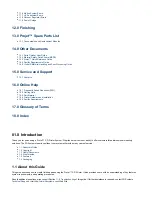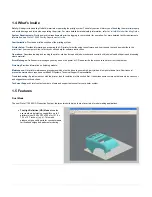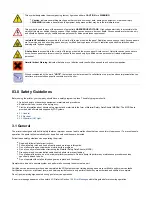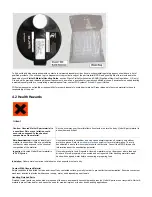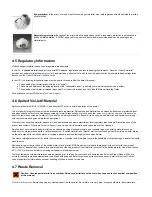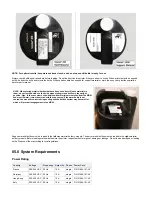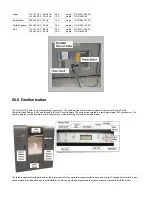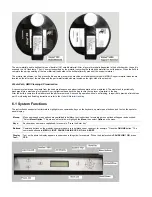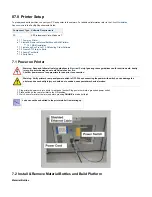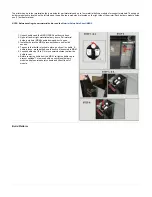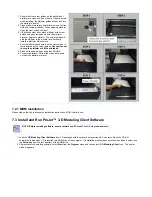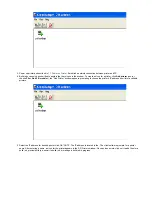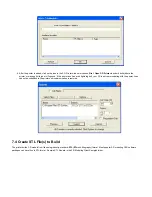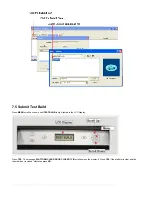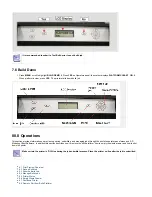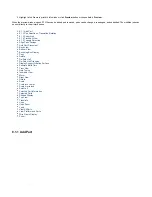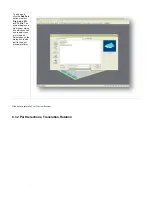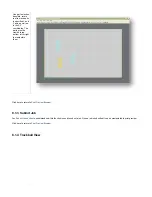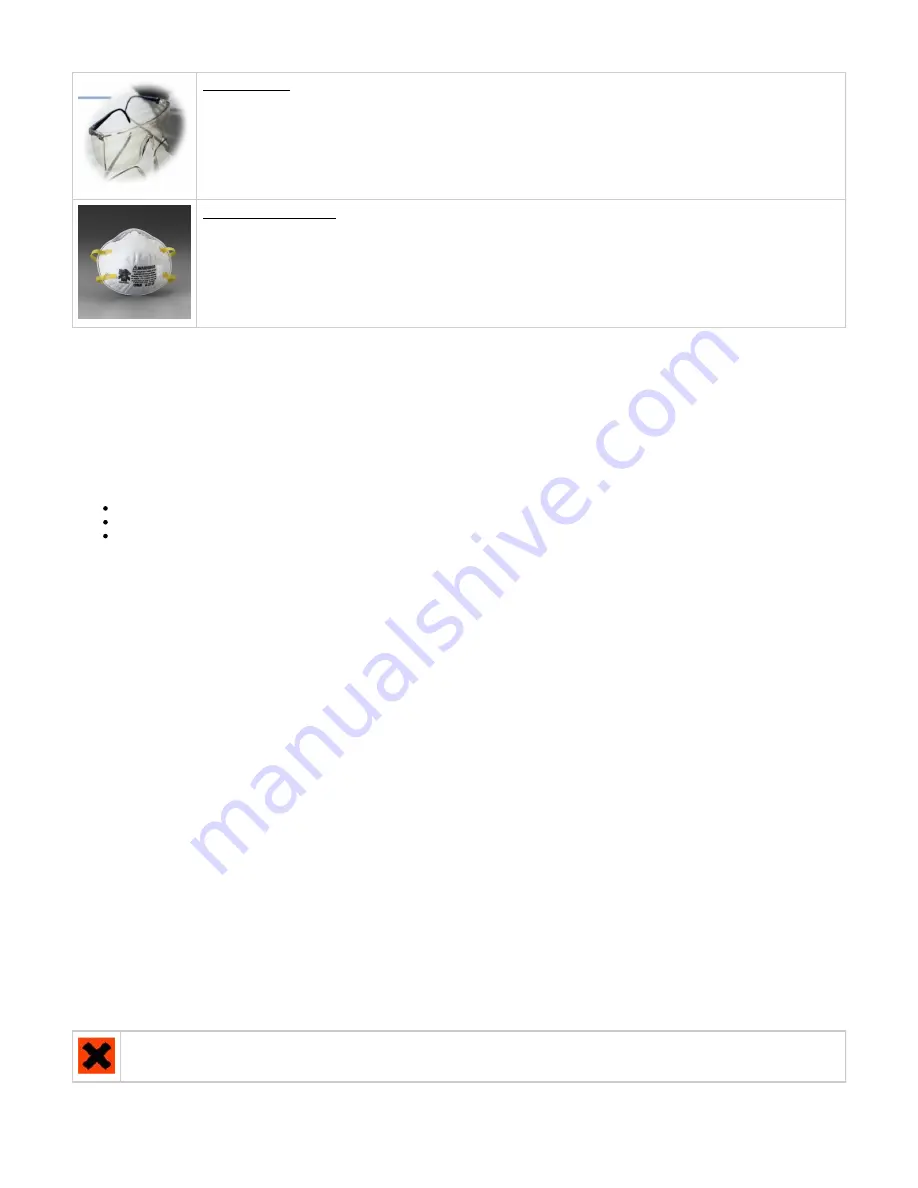
Eye protection: In the event of a leak or spill of uncured part material, wear safety glasses with side shields to provide
eye protection.
Respiratory protection: Because of the printer's built in engineering controls, respiratory protection is not necessary
during normal operation. A NIOSH-approved (or equivalent) dust mask is recommended when dry sanding cured
material parts.
4.5 Regulatory Information
VisiJet® support material has no known regulatory requirements.
In the U.S.,
material is subject to special EPA disposal regulations and record-keeping requirements. "Uncured VisiJet® material"
uncured
includes any part material bottles (empty or full), and waste bag; about half of which is uncured part material. For complete disposal regulation
details, see the
.
VisiJet® Material Handling Guide
In the U.S., the following disposal records must be kept for five years after the date of disposal:
The quantity of part material received (new or "virgin").
The name and address of the shipping location (the "responsible party" - generally your waste disposal service provider).
The quantity of part material shipped (disposed). For further information, see the VisiJet® Material Handling Guide.
For assistance, contact 3D Systems
.
4.6 Spilled VisiJet® Material
Spills of material are HIGHLY UNLIKELY, and should NOT occur in normal operation of the printer.
The first priority is to protect users from inadvertently touching material. Spills of support material can be cleaned without use of protective gear,
and disposed of as office trash. Handling uncured part material requires use of gloves and other
personnel protective equipment
direct contact with uncured part material. If you don't know which material it is, assume it to be uncured part material, and handle accordingly -
with the recommended personal protective equipment.
Promptly clean up spilled material, dispose of clean up materials and waste material per local regulatory requirements. Discontinue use of the
printer, and contact 3D Systems
for a service visit to determine and repair the source of leakage.
Small spills of uncured liquid part material can be cleaned up using disposable towels, non-reusable rags, or absorbing materials such as
sawdust, clay, diatomaceous earth, or activated charcoal. If spilled material is hot (liquid), wait until cools and gels before wiping up. After wiping
up the spill, wipe surface with denatured or isopropyl alcohol and clean thoroughly with soap and water.
Consider avoiding placement of the printer over carpeting, or consider use of barriers to avoid the possibility of carpet damage if inadvertant spills
were to occur.
Advise service provider involved, of the spilled material, and provide MSDS and other material information prior to contact with the material.
Advise them of disposal requirements for part material and clean-up products if part material (uncured) is the spilled material. Use of heat above
65°C (149°F) may prove helpful in removing spilled part material from carpet.
Tools contaminated with part material should be cleaned prior to reuse. Solvents such as denatured alcohol or Iso-Propyl Alcohol (IPA), are
normally required to clean equipment and tools. Wash with soap and water to remove any traces of excess part material or solvent. Contact
solvent suppliers for information on proper handling of solvents if used for clean-up.
4.7 Waste Removal
Caution: Uncured part material is a sensitizer. Skin or eye irritation could occur when exposed to the chemical composition
of the material.
Summary of Contents for ProJet 5000
Page 34: ...This view point button is a back two dimensional viewpoint Bottom View ...
Page 36: ...A bounding box for a set of objects is a cuboid that completely contains the set Copy ...
Page 41: ...This view point button is a front two dimensional viewpoint Help Topics ...
Page 45: ...This view point button is a right two dimensional viewpoint Rotate ...
Page 60: ...Using a wire frame allows visualization of the underlying design structure of a part Zoom ...





